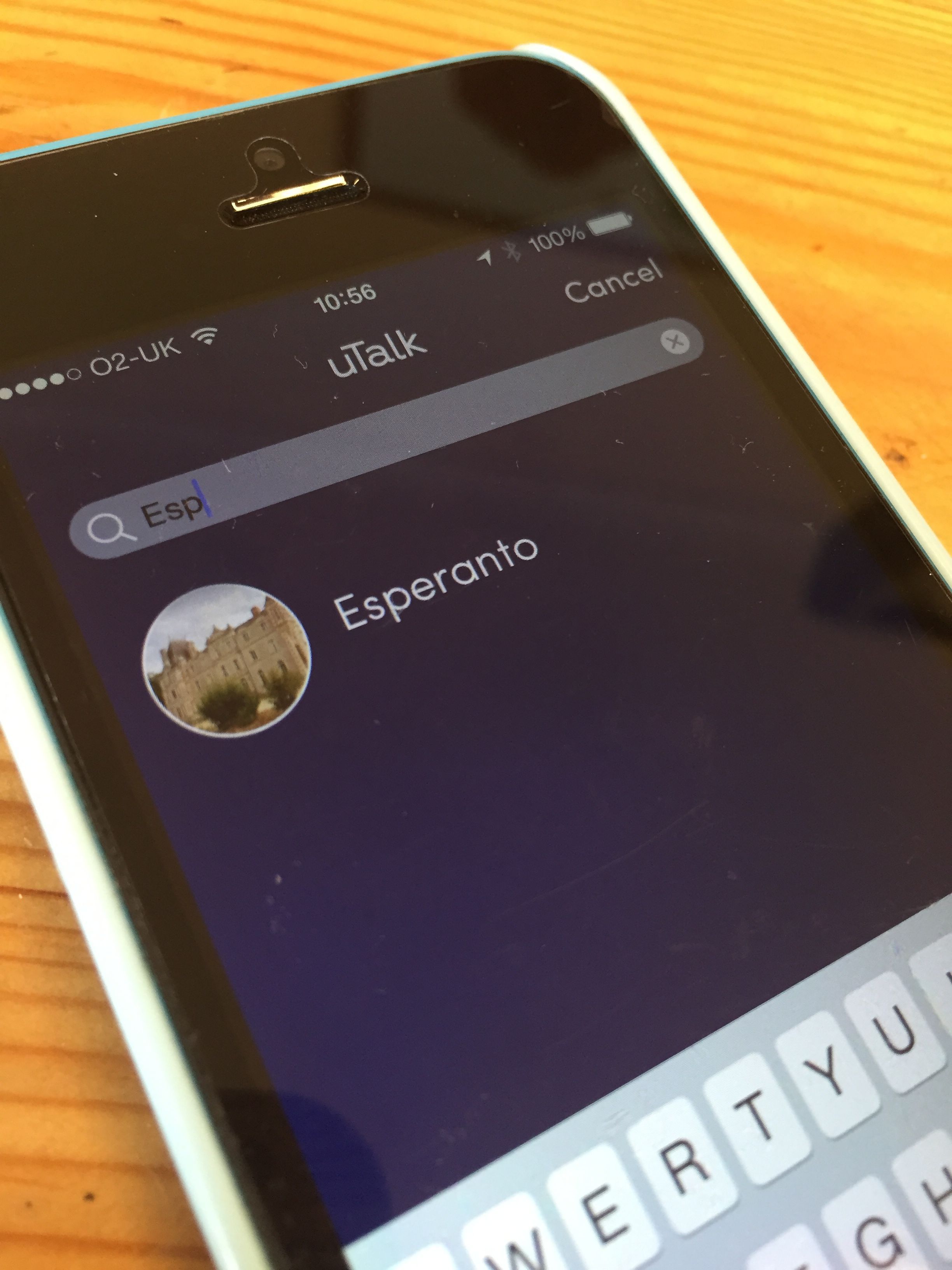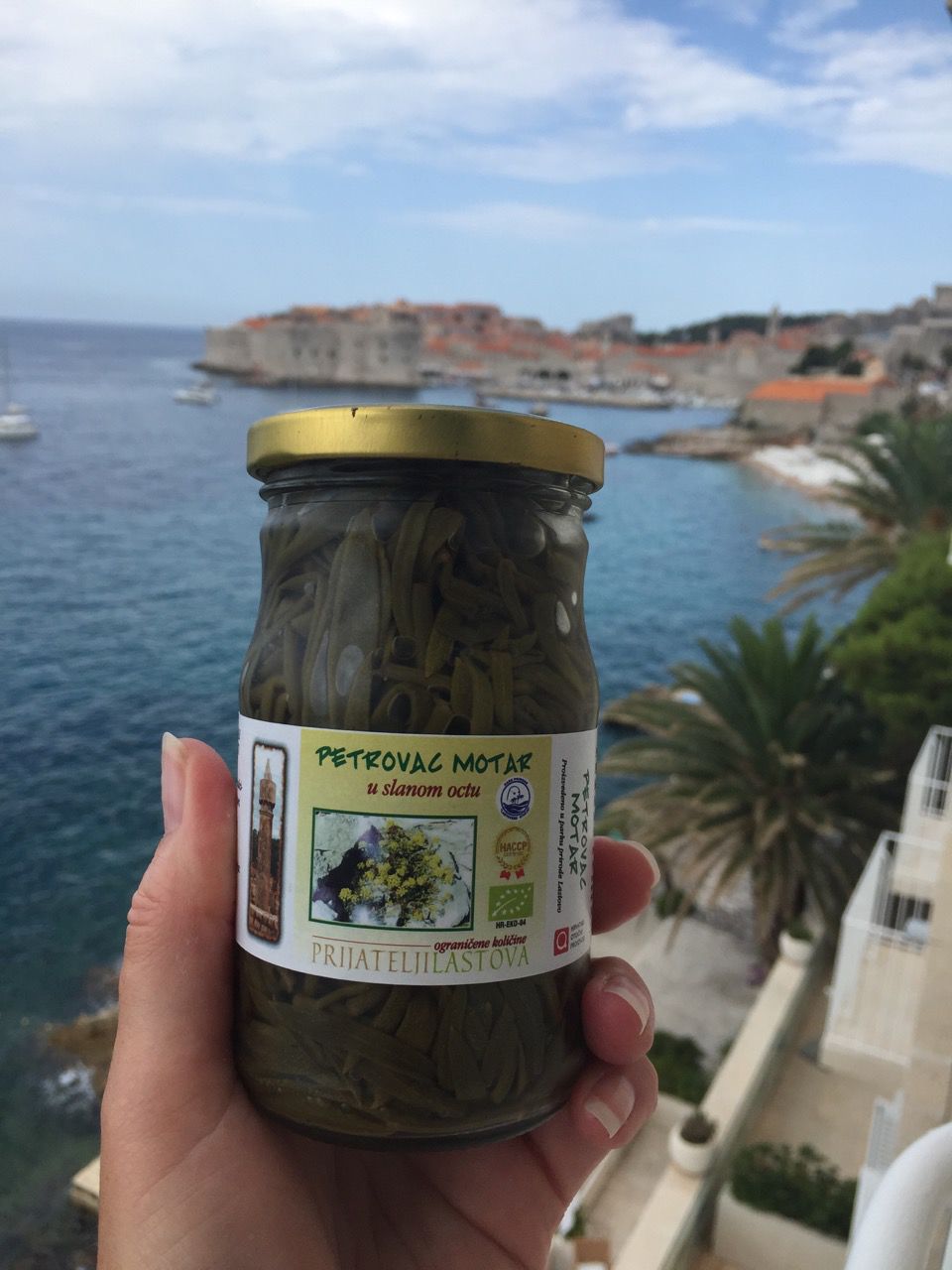Quiz: Can you guess the language?
Are you a language expert? Try our quiz and see how many you can answer correctly…
If you were surprised by any of them, let us know! Don’t forget to share with your friends to see how many they can answer.
If you’re inspired to learn one of these languages, download our free uTalk app for iOS. We have over 120 languages to choose from!
When is a cake not a cake?
You might not believe it, but I regularly arbitrate fairly ferocious arguments about cake. And it’s not because my colleagues can’t share cake (although this has been known to be a problem in the past).
The reason is that this little word, which you would think would be a simple thing to translate, actually gets people quite upset. Throughout the world, different sorts of cake prevail, and some people (understandably) get quite grumpy when you present them with the wrong type of cake. It’s important stuff.
 One of our most recent additions to the uTalk app is Esperanto, where we had to make a very difficult decision about whether to translate the phrase ‘piece of cake’ (available in uTalk Essentials because, let’s face it, it’s essential vocab), as ‘peco da torto‘ or as ‘peco da kuko‘. For English speakers, ‘kuko’ was favoured because it is close to ‘cake’, and therefore brings to mind a big, squashy Victoria sponge. ‘Torto’, on the other hand, inevitably conjures something which is not a cake at all, but a tart – or even a flan: something flimsy and possibly, horror of horrors, covered with fruit.
One of our most recent additions to the uTalk app is Esperanto, where we had to make a very difficult decision about whether to translate the phrase ‘piece of cake’ (available in uTalk Essentials because, let’s face it, it’s essential vocab), as ‘peco da torto‘ or as ‘peco da kuko‘. For English speakers, ‘kuko’ was favoured because it is close to ‘cake’, and therefore brings to mind a big, squashy Victoria sponge. ‘Torto’, on the other hand, inevitably conjures something which is not a cake at all, but a tart – or even a flan: something flimsy and possibly, horror of horrors, covered with fruit.
Nonetheless, in the final stages of the battle, ‘peco da torto’ won, and went through to the final translation. Here’s why: our app is used all around the world by people who can learn from their own native language: we currently have 128 languages in uTalk, and people can learn any one of these from any other. For Esperanto, this is particularly important, because Esperanto is a language that nearly all Esperantists (barring a maximum of a few thousand native speakers) speak as a second language, making the Esperantist community very multinational.
So we want to make our Esperanto translation as internationally relevant as possible. And for most Europeans, at least, ‘torto’ will bring to mind a fairly generic type of cake, whereas ‘kuko’ might be slightly less familiar. Taking just a few European languages, we’ll see that in Russian we have торт, Italian torta, Dutch taart, Spanish tarta, Croatian torta, Hungarian torta. Both options would have worked, but ‘torto’ won the more international vote, and when it comes to Esperanto that’s a pretty important factor to consider.
What do you call a cake in your language? Let us know!
Nat
Why learn Esperanto?
Saluton! Mia nomo estas Nat, kaj mi lernas Esperanton.
Whilst others jet-set away to sunny beaches and tropical climes this summer, my plans are slightly more academic. I will be learning Esperanto. OK, I’ll take a break too, but I’m really excited about my summer goal, and I’m hoping to achieve it within two months.
What, Why, How?
All good questions. Let’s start with ‘What’.
What is Esperanto?
Esperanto is a language invented by Ludwig Zamenhof, whose idea was to create an international, apolitical language which is very, very (very) easy to learn. Since its creation in the 1880s, it’s seen surges and declines in popularity, and is currently spoken by up to two million speakers, and – quite amazingly – up to 2,000 native speakers. Esperantists place a heavy emphasis on how speaking and engaging with Esperanto makes people operate on an equal footing, and can open up communication opportunities all over the world.
Why learn Esperanto?
 So why learn it? Unlike with other languages, you don’t have the goal of going to the target country to finally try out some of your new Esperanto phrases. There is no Esperanto country, of course. But Esperantists tend to be incredibly friendly and welcoming to those who learn the language, making it easy to find conversation partners or groups, especially in the age of the internet. Esperantists even have their own ‘Passport Service’, by which travelling Esperantists can find locals who are willing to open their houses up to fellow speakers, making it easy to travel abroad and widen your Esperantist community.
So why learn it? Unlike with other languages, you don’t have the goal of going to the target country to finally try out some of your new Esperanto phrases. There is no Esperanto country, of course. But Esperantists tend to be incredibly friendly and welcoming to those who learn the language, making it easy to find conversation partners or groups, especially in the age of the internet. Esperantists even have their own ‘Passport Service’, by which travelling Esperantists can find locals who are willing to open their houses up to fellow speakers, making it easy to travel abroad and widen your Esperantist community.
Personally, I’m mostly in it out of fascination. I’ve heard how easy it is to learn and I want to see for myself how much I can achieve in two months. During our uTalk Esperanto recording, I picked up a couple of the basics and they’ve stuck with me, which has encouraged me to think that I might be able to pick up a lot more fairly quickly.
I’m also interested in the application of Esperanto, beyond just learning it for personal enjoyment. Because the language is so simple (just 16 grammar rules!) and completely regular (yes, completely!), it can be effectively used as a bridge language between communities who otherwise might struggle to communicate. It’s also been trialled extensively in primary schools, where the logic goes that teaching Esperanto enables children to get to a very high language standard very quickly, so that they can start being creative in a foreign language early on. They can then transfer the skills over to other languages they study later: effectively, they have not just learnt Esperanto, but learnt how to learn a language. And done it without the chronic frustration of trying to remember how the irregular past participle should be formed, which taints most people’s memories of school-day French and makes them feel, even as adults, that they ‘cannot’ learn a language. Instead, children can chatter away with relative fluency, experiencing the liberation of communicating in another tongue at a really young age. To learn more, watch this video:
I also like the sound of it. To me, Esperanto has a slightly Eastern European tinge, with a mish-mash of vocabulary which I can sometimes recognise from other languages. Already, as an English speaker, I am familiar with the following basic words:
Jes (Yes)
trajno (train)
Mi lernas (I learn)
boato (boat)
fiŝo (fish)
And from other languages, I recognise:
Dankon (Thanks)
fermita (closed)
ombro (shade)
glacio (ice)
Where am I starting from?
I’m a total beginner: I haven’t ever picked up an Esperanto book, and I don’t own one. However, from my interaction with our Esperanto voiceover artists and translators, I have picked up a few things which in other languages would take me weeks of effort. So I feel like I’m starting from an advantage. What I know is this:
Adjectives
Always end in an -a. To form the opposite of the adjective, you just add ‘mal-‘ in front of it. So:
Granda – big
Malgranda – small
Fermita – closed
Malfermita – open
Vera – true
Malvera – false
Nouns
Always end in -o. Always! To form the feminine, you just add ‘-in-‘ before the final ‘o‘:
turisto – turistino
aktoro – aktorino
kantisto – kantistino
Verbs
‘mi‘ is ‘I’, ‘ŝi‘ is ‘she’, ‘li‘ is he’, ‘vi‘ is ‘you’, and present tense verbs always end in ‘-as‘. So:
Mi lernas – I learn
Li lernas – he learns
Vi lernas – you learn.
How will I learn?
By any means possible. Not coincidentally, uTalk Esperanto has just been released, and that’s going to help me hugely with pronunciation and vocabulary. I’ve also got Katalin Kováts’ Poŝamiko (‘Pocket friend’), a book to guide me on the basics, and then all of the resources listed at http://en.lernu.net/ – more than enough to keep me going for the next few months. After that, who knows – perhaps some conversation classes?
Wish me luck!
Nat
If you’d like to join Nat in learning Esperanto, download uTalk from the App Store to get started!
Language of the Week: Esperanto
Here at EuroTalk, we love languages (obviously). And we particularly enjoy discovering fun facts about languages; they’re all so different and each has its own unique character. So we’ve decided to bring back the Language of the Week series. Each week, we’ll choose a new language, and we’re always open to suggestions!
Please do get involved – we love to hear from you, so join in the conversation here on the blog, or on Facebook or Twitter.
This week’s Language of the Week is Esperanto, to celebrate its release as the 128th language in our uTalk app, which we’re very excited about…
Some of you may not have heard of Esperanto, or you may want to learn some more about it; so here are some interesting facts about the world’s most widely spoken constructed language:
 Dr Zamenhof introduced Esperanto in 1887; his aim was to allow people from many different native languages to communicate with each other through a second shared language, whilst retaining their individual cultural identities.
Dr Zamenhof introduced Esperanto in 1887; his aim was to allow people from many different native languages to communicate with each other through a second shared language, whilst retaining their individual cultural identities.
- Esperanto’s full name is ‘Doktoro Esperanto’, which translates into ‘one who hopes’ – this reflects the aim of Dr Zamenhof, who wanted this language to create peace and diplomacy across the world.
- Although the language did not become as popular as Dr Zamenhof predicted, today there are still a large number of people who speak the language. Estimates range from 10,000 fluent speakers to 2 million people who understand quite a lot, and it is spoken all over the world. There are also over 1,000 native speakers of the language:
- The four main languages that Esperanto’s roots are taken from are Italian, French, German and English. However, Esperanto has no irregular verbs – unlike French, which has over 2,000!
- J.R.R. Tolkien had a huge interest in Esperanto, stating that people should ‘back Esperanto loyally’. He even had his book The Hobbit translated into Esperanto.
- Esperanto is believed to be easier to learn than any other language. Here are some simple phrases:
Smile! – Ridetu!
Have a good day – Bonan tagon
Have a cup of tea – Havu tason da teo
Do you know any Esperanto? We’d love to hear from you! Feel free to say hello in the comments below, join us on Facebook or tweet us @EuroTalk 🙂
Alex


